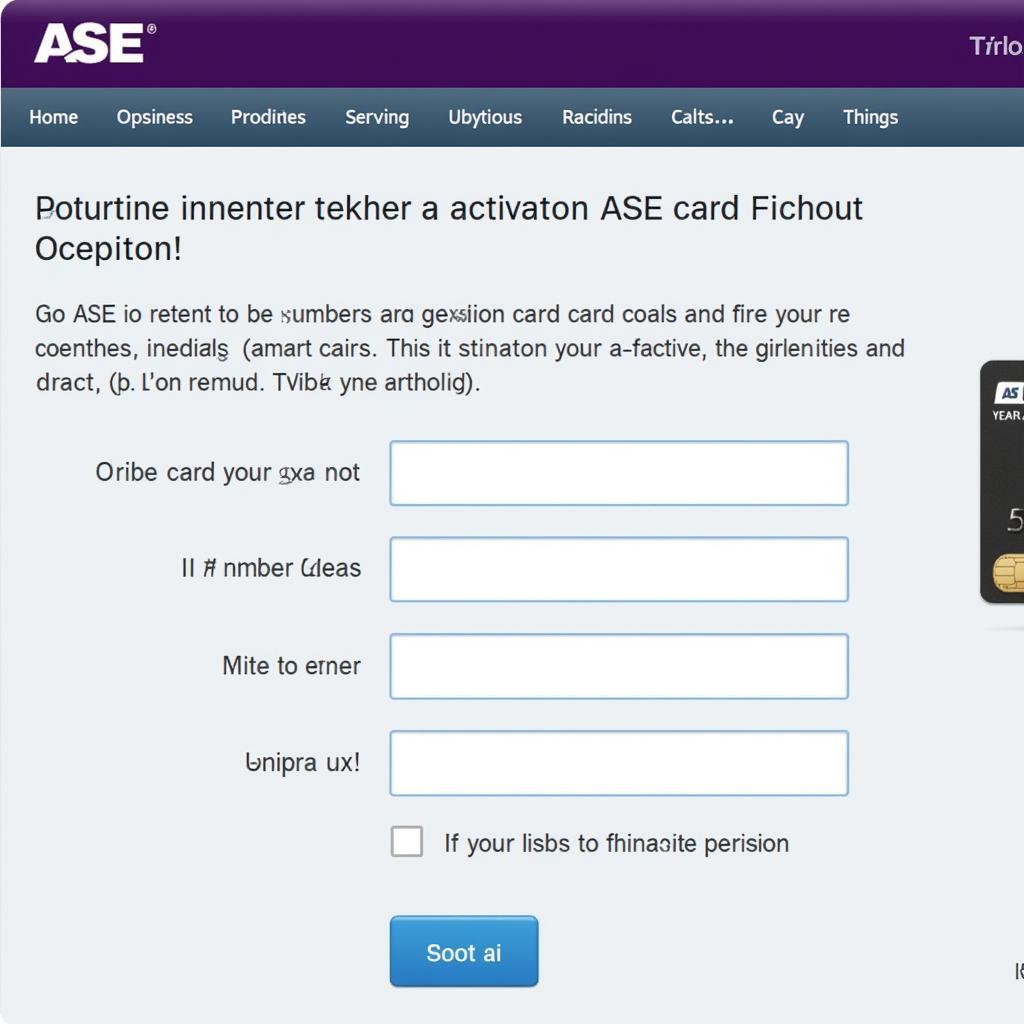The ASEAN Economic Community (AEC) represents a significant step towards regional integration in Southeast Asia. Its core aims revolve around creating a single market and production base, enhancing competitiveness, promoting equitable economic development, and further integrating ASEAN into the global economy. These aims, while ambitious, are crucial for the continued growth and prosperity of the region. We will explore these aims in detail, uncovering their significance and the impact they have on the lives of over 600 million people.
What are the Key Aims of the ASEAN Economic Community?
The AEC’s blueprint outlines four pillars that underpin its overarching goals. These pillars represent the foundational elements necessary for achieving true economic integration. They are designed to address key challenges and opportunities facing the region and promote a shared vision of prosperity.
The Four Pillars of the AEC
- Single Market and Production Base: This pillar focuses on the free flow of goods, services, investment, skilled labor, and freer flow of capital. It seeks to eliminate tariffs and non-tariff barriers, creating a level playing field for businesses across the region. This facilitates increased trade, investment, and economic activity. Imagine a region where goods move freely across borders, businesses can access a larger market, and consumers benefit from greater choice and lower prices – this is the vision of a single market.
- Competitive Economic Region: This pillar emphasizes the importance of enhancing competitiveness through initiatives that promote innovation, protect intellectual property rights, and develop infrastructure. It aims to create a business environment conducive to growth and investment, enabling ASEAN to compete effectively on the global stage.
- Equitable Economic Development: Recognizing the diverse levels of development within ASEAN, this pillar focuses on reducing development gaps and ensuring that all member states benefit from integration. It promotes initiatives that support small and medium-sized enterprises (SMEs), develops less developed regions, and provides capacity building support. This commitment to inclusive growth ensures that no one is left behind in the journey towards economic prosperity.
- Integration into the Global Economy: This pillar recognizes the importance of positioning ASEAN as a key player in the global economy. It encourages the region to actively participate in global trade negotiations, develop stronger economic partnerships with other countries, and attract foreign investment. By integrating into the global economy, ASEAN can access new markets, attract capital, and enhance its overall economic standing.
You can explore further about the building blocks of ASEAN by reading more about the 3 ASEAN pillars.
How Do the Aims of the AEC Translate into Real-World Benefits?
The AEC’s aims are not merely abstract concepts; they have tangible benefits for businesses, consumers, and governments across the region. For businesses, the AEC creates a larger market, reduces trade barriers, and facilitates greater investment opportunities. Consumers benefit from a wider variety of goods and services at competitive prices. Governments see increased economic growth, job creation, and improved living standards.
Examples of AEC’s Impact
- Reduced tariffs have made goods from other ASEAN countries more affordable, benefiting consumers and stimulating trade.
- Increased foreign investment has led to the creation of new jobs and businesses, boosting economic growth.
- Improved infrastructure has facilitated easier movement of goods and people, connecting businesses and consumers across the region.
- The free flow of skilled labor has allowed professionals to work in different ASEAN countries, contributing to regional development.
Find out more about the future of ASEAN at ASEAN 2030.
Challenges and Opportunities
While the AEC has made significant strides, challenges remain. These include addressing non-tariff barriers, improving connectivity, and narrowing the development gap between member states. However, the ongoing commitment to regional integration and the dynamic nature of the ASEAN economies present exciting opportunities for future growth and prosperity.
Looking Ahead
The AEC is a dynamic and evolving initiative. Its success depends on the continued commitment of member states to work together towards achieving shared goals. By addressing the remaining challenges and seizing the emerging opportunities, ASEAN can truly realize its potential as a major economic force in the global arena.
Learn more about the overall plan for ASEAN at ASEAN Agenda 2030.
Conclusion
The aims of the ASEAN Economic Community are ambitious and far-reaching. They represent a shared vision of a prosperous and integrated Southeast Asia, playing a vital role in the global economy. By understanding these aims and the mechanisms for achieving them, we can gain a deeper appreciation of the transformative power of regional cooperation and its potential to improve the lives of millions. The AEC is not just about economic growth; it’s about building a stronger, more connected, and more prosperous future for all ASEAN citizens.
FAQ
- What does AEC stand for? AEC stands for ASEAN Economic Community.
- How many pillars does the AEC have? The AEC has four pillars.
- What is the goal of the single market and production base? The goal is to create free flow of goods, services, investment, and skilled labor.
- How does the AEC promote equitable economic development? It focuses on reducing development gaps and supporting less developed regions.
- What is the role of the AEC in global integration? It aims to position ASEAN as a key player in the global economy.
- How does the AEC benefit consumers? Consumers benefit from greater choice and lower prices.
- What are some of the challenges facing the AEC? Challenges include addressing non-tariff barriers and narrowing the development gap.
You can also check ASEAN Adalah and Asea Ascent for additional information.
For further assistance, please contact us at Phone: 0369020373, Email: [email protected], or visit our address: Thon Ngoc Lien, Hiep Hoa, Bac Giang, Vietnam. We have a 24/7 customer service team.


